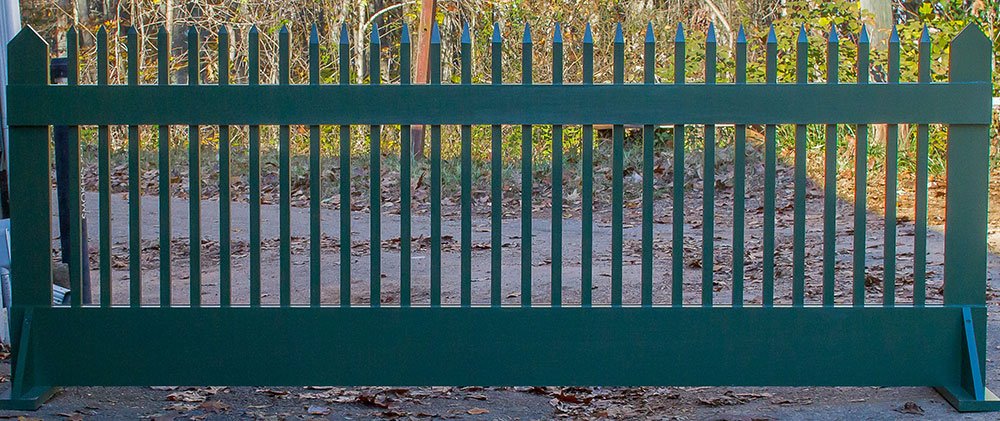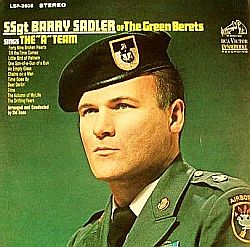Saving Monticello : The Newsletter
The latest about the book, author
events, and more
Newsletter Editor - Marc Leepson
Volume XIII, Number 3 March
1, 2016
THE TERRACE RAILING:
The public tour of Monticello ends on the one of the two long terraces that
extend from the north and south sides of the building. The Chinese
Chippendale-inspired white wooden railings around those terraces were installed
by the Thomas Jefferson Foundation (then known as the Thomas Jefferson Memorial
Foundation) around 1940.
Ten years ago, the Foundation took a look at the weathered
railings and decided they had to go. But instead of repairing the railings, the
Foundation decided to reconstruct new ones using a detailed design that Thomas
Jefferson drew up (and that still survives in the Thomas Jefferson Papers at
the Massachusetts Historical Society) in 1824, two years before he died.

Those railings—which probably were the second ones that
Jefferson designed for the terraces (the first designs are lost and most likely
never were used)—call for vertical bars held in place by horizontal rails, a
traditional English pail or picket fence design.
Although no one knows for sure, the best guess is that they
were painted dark green. That’s the same color as the recently reconstructed
window blinds in the house. The Monticello Restoration Department carefully
examined three 1925 paintings of Monticello in which the railings are seen in a
dark color, although it’s difficult to tell if it is green. But the Foundation
has a fragment from one of the window blinds that confirms that they were
green. The photo below is a sample of what the new railings will look like.

I contacted Susan Stein, the Richard Gilder Senior Curator & Vice President for Museum Programs, and Gardiner Hallock, the Robert H. Smith Director of Restoration at Monticello, to see if they could shed some historical light on the terrace railing situation during the 90 or so years when the Levy family owned Monticello (from 1834-1923). Susan and Gardiner told me that it’s tough to say when the Jefferson railings were removed and what the railings would have looked like during Uriah Levy’s ownership—if Levy even had installed railings on the terraces.
Since there are no photographs (the earliest one was taken
in the early 1870s), all we have to go on is an 1830s engraving that shows a Chinese-inspired
railing on the North Terrace. However, as Gardiner told me, that image “is not
100 percent accurate because some elements are left off and the artist added some
features, like second floor windows.” The best guess is that, as I wrote in the
book, the terraces—railings and all—had been gutted and were gone during UPL’s
time (1834-62) and during the next seventeen years when the family fought over
his will and Monticello was under the care of Joel Wheeler, the caretaker who
didn’t take very good care of the place.
As for Jefferson Levy’s ownership (1879-1923), photographs
from 1912 show “short sections of horizontal railings at the ends the covered
passages,” Gardiner said. “Since the roof over the North Dependency was missing
at this point, I think these rails were a safety feature meant to keep visitors
from hurting themselves.”
A 1924 photo, though, shows what looks like a Chinese
railing on the North Terrace. The best guess is that Monticello’s restoration
guru, Fiske Kimball, got rid of those railings, since he construed his job as erasing
all traces of the nearly 90-year ownership of Monticello by the Levy family.
As I wrote in Saving
Monticello, “The Foundation did not want [Monticello] to be a Levy shrine,”
the Foundation’s Fred Kuper told the author Charles Hosmer. Therefore, as
Hosmer put it, “everything having to do with the Levys was removed.” That
included bathrooms, a bath tub and a stairway installed by Jefferson Levy,
along with the roof dormers he added, and an enormous amount of furniture and
furnishings that Levy conveyed to the Foundation with the sale of the
property—and the Chinese terrace railings.
EVENTS: Here’s a rundown on my March events. I’m
wrapping up my next book, the biography of Barry Sadler, “The Ballad of the
Green Berets” guy, and will be getting back into doing more talks on my
books.

Here’s a rundown on my March events:
·
Saturday, March 19 – morning
workshop on researching nonfiction books at the Samuels Authorcon event at the
Samuels Library in Front Royal, Virginia. For info, email Bill Powell at bill@billpowell.org
·
Monday,
March 21 – afternoon talk on Francis
Scott Key at the Glebe in Daleville, Virginia
·
Monday,
March 28 – evening talk on Francis
Scott Key at the Willard Hotel in Washington, D.C. for a private event.

Please email me if you’d like to arrange an event for Saving Monticello—or for any of my other
books, including What So Proudly We
Hailed, my Francis Scott Key biography, and Lafayette: Idealist General, my concise bio of the Marquis de
Lafayette—at marc527psc@aol.com
For more details on other upcoming events, go to http://bit.ly/SMOnline That’s the “Author Events” page on my website, www.marcleepson.com
For more details on other upcoming events, go to http://bit.ly/SMOnline That’s the “Author Events” page on my website, www.marcleepson.com
Facebook,
Twitter: If you’re on Facebook, please send me a friend request. If
you’re on Twitter, I’d love to have you as a follower.
Gift
Ideas: If you would like a
personally autographed, brand-new paperback copy of Saving Monticello, e-mail me at Marc527psc@aol.com Or go to this page of my website: http://marcleepson.com/signedbooks.html
to order copies through my local bookstore, Second Chapter Books in Middleburg , Virginia Lafayette



1 comment:
Marc, This article about the fence brings to mind a photograph of a fence still existing in Boydton Va. in Mecklenburg County. I have a photograph of the same exact wood fence from about 1910 with some of my family playing badminton. This fence stands today, it very much resembles the version of the Monticello 'green' fence, except alternating post vary slightly giving a broken interval effect. I don't see a means to post the photo. If you were to contact my email I would gladly post the image. Also, in 2002 I had a photo of Monticello reproduced for you, recently I learned and made a copy of an article on several cdv's which asserted claims for the circa 1870 image you mention in this article. Curiously the author owns three cdv images of mid century photographer William Roads. One of the front of Monticello used on the cover of your book, the other two are the image is copied for you from a students hand made album dated 1860. On the page in that album was a view from the distance of the full length of the Range and Rotunda with annex, and little town seen also. That image is also on a cdv by Roads. Those cdvs were back marked Wm. Roads date about 1867-68. I personally believe these were taken all at the same time circa 1859 no later than 1860 in this student album that also have many tipped in albumens of student of that particular class of 1860. The cdv's this writer reproduced are much less clear than the album. I am not attributing these to Wm. Roads on the basis of the back marks since it was very common for photo companies to share negatives. Roads did appear in Ch'ville in 1859 with a view camera according to the author, who published in the Albermarle Chronicle in 2008. I contacted Jack Robertson hoping to awaken some interest in these early images, and we spoke by phone. He has not gotten back with me from that call about 2 weeks ago. Knowing the Special Collection moved a decade ago I hope the album is not lost. Again, I can send images of the three cdv's in color to you, and you'll probably know the author, whom even Mr. Robinson considered to be 'intense'. Really I'm only interested in the early imagery of Monticello. I had long wondered about a listing on the back of Anderson and Company for a stereo view card of Monticello, with the recent postings by the Library of Va, one has finally shown up. I was able to trace another back mark listing this, the image unfortunately had no new information and is a closer up view at a slight angle of the back entry.
Post a Comment